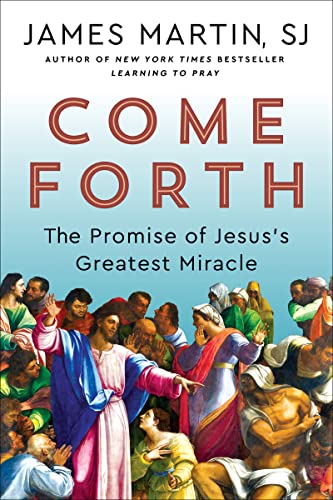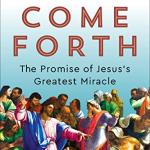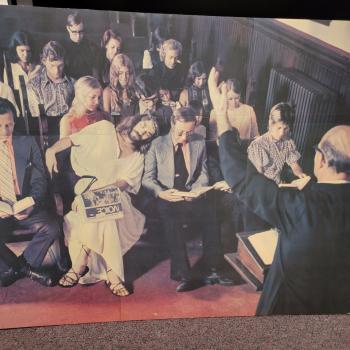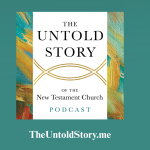Q. One of the matters you discuss several times in the book is the traditional idea that Martha represents the active Christian life, whereas Mary reflects the contemplative life. This sounds like a monastic reading of the story. Protestants would be more apt to say Martha appears to be an extrovert, and Mary more of an introvert. How is this story, along with Luke 10.38-42 important for the contemplative tradition, and why?
A. That’s an interesting take on it, because as a Catholic I’m so conditioned to hearing it as “active versus contemplative.” Interestingly, the portrayal of the two sisters in Luke 10, when Jesus visits their house, is strikingly similar to the portrayal of the sisters in John 11. In Luke, of course, Martha is the “active” one, doing her diakonia, and complaining to Jesus about Mary, who is sitting at his feet. Likewise, in John 11, Martha rushes out to see Jesus as he comes to Bethany, while Mary stays at home. So the “active versus contemplative” portrayal of the sisters is present in both Gospels.
Unfortunately, Luke’s Gospel been misused in some Catholic circles to elevate the contemplative over the active, which would have been a surprise to Jesus, since he’s pretty active in Luke’s Gospel: walking, sailing, preaching, healing, and so on. And I’ve often heard people cluck their tongues at busy people and say, somewhat critically, “Martha, Martha…” Thus, it’s used as a kind of “putdown” for being busy or even active.
Instead, I think Jesus is saying to Martha, “There is a time and a place for everything. A time to be active and a time to be contemplative. Right now, when I’m with you, is a time for listening.” As Jesuits, we say that people are called to be “contemplatives in action,” so I like to think that we’re called to be like both Martha and Mary.

















